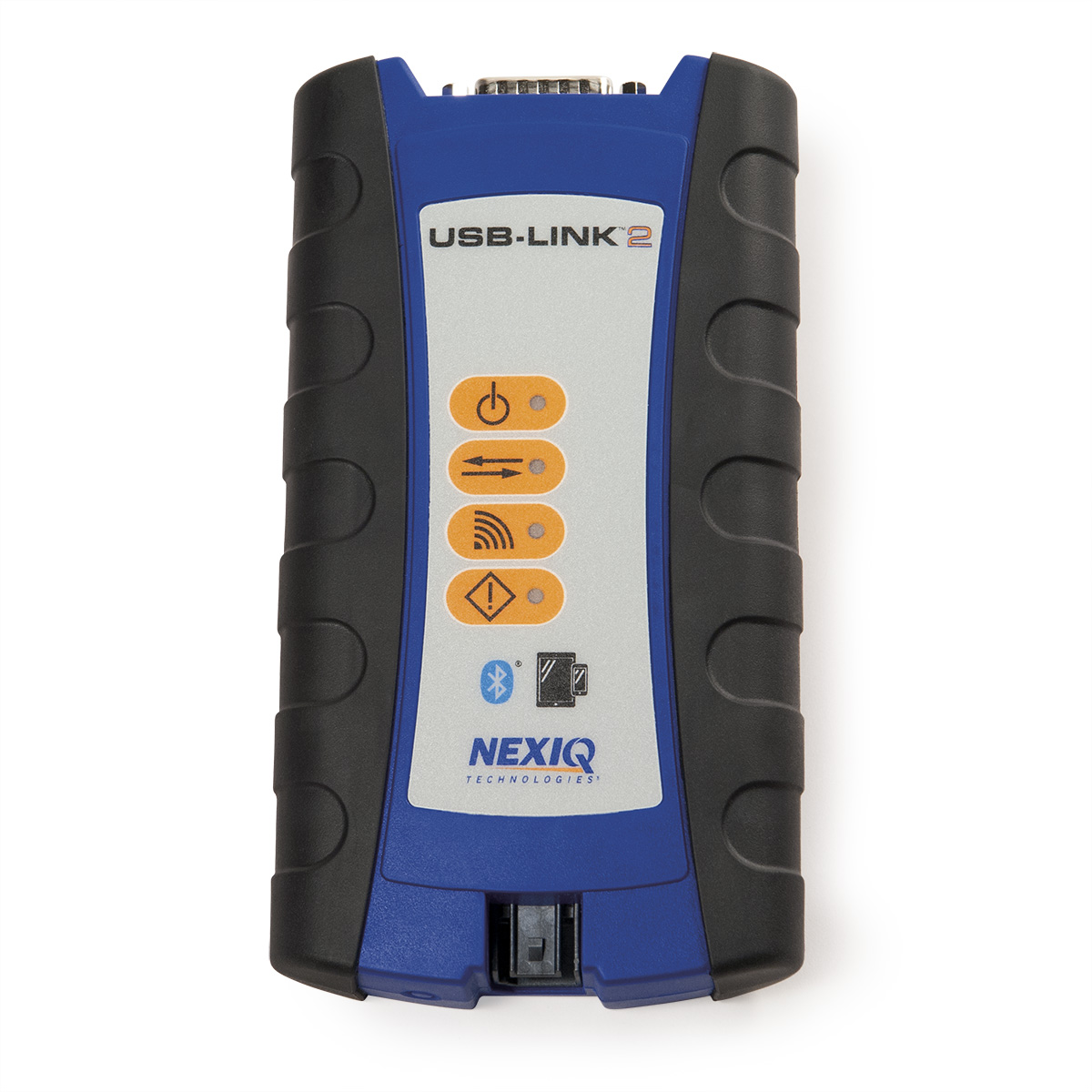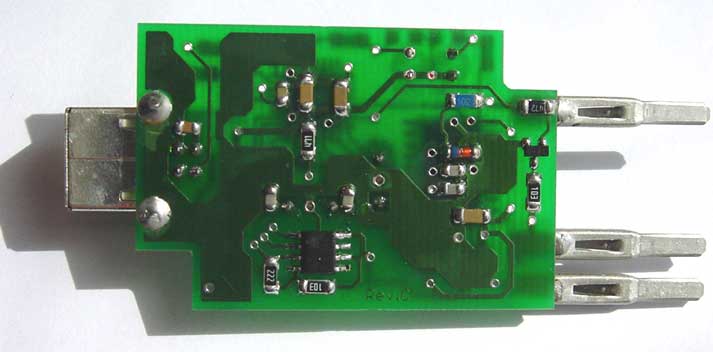Aldl Usb Driver
OBD Diagnostics Products: GM OBD1 Cables Low Cost ALDL OBD1 Cables - $59.95 12-Pin Version 16-Pin Version 3 Things Needed There are basically 3 things you need to record diagnostic data from a GM based On Board Diagnostic 1 ( OBD1 ) system on your 1982 - 1995 era car. 1 - A PC computer, preferably a laptop, to collect, log, and analyze the OBD data. 2 - An ALDL cable to interface your PC computer to the ALDL OBDI diagnostic port on your car.
Obrazec pisjma pretenzii dolzhniku ukraina. Feb 08, 2018 Ukraina: Patrol ostrzelany z terytorium Rosji. Andrew Burton/Getty Images).
If you need to operate on COM3 or COM4, uninstall devices that are currently using COM3 or COM4. Next, uninstall the ALDL-USB driver that is using a high port number then reinstall the ALDL USB driver to use COM3 or COM4 The ALDL connector has 12 pins in it, of which only 2 are wired for use in this cable.
3 - A software program running on your PC to capture the OBD data. Why This Setup? What is the reason for having the above setup for yourself? Mainly, you now have a powerful tool to analyze your cars OBD data yourself, better even than the specialized scanning tools only dealerships and big shops had in the distant past. With your own setup, if your Service Engine Soon ( SES ) light comes on you can look at detailed OBD data for yourself to see what trouble codes have been set and the conditions they were set under, possibly saving you money in repair costs by knowing what is or isn't wrong with your car. For many, it is quite interesting to be able to see your car's sensor systems working in real time, and even having the potential to upgrade performance through PROM reprogramming of your cars ECM/PCM (not for the beginner).
The ALDL Cable Let's look at the ALDL (Assembly Line Diagnostic Link) OBD1 interface cable first, since we sell low cost ALDL OBD1 interface cables. It may possibly be the only thing you will need to buy to do your own diagnostics.

You can make your own cable, but it is much quicker and less headache to buy one already assembled and tested. Under your cars dash you will most likely see this style connector: There are, but the 12 pin OBD1 connector shown above is the most common. Some 1994-95 cars have the 16 pin OBD2 connector (shown below), Corvette's, Camaro's, and LT1 cars among them, as well as newer Australian Holden and Commodore. Even though it is an OBD2 connector, it has an OBD1 system behind it on these 94-95 cars. If you have a 94 or 95 car with the 16 pin connector, You can also program the instrument cluster on the 2004, 2005 and 2006 Pontiac GTO with our 16 pin USB ALDL cable as shown with the Other newer cars and trucks may work the same. Make sure you buy the correct ALDL cable setup for your car or cars.

You can buy an ALDL Cable with an OBD1 12 pin connector shell, or OBD2 style 16 pin connector shell, or a cable with just a bare male pin, to plug into your cars female connector serial data pin location (pin M or E or 9 on the diagrams above). The ALDL cable with the male OBD1 connector shell will allow you to just feel under the dash and plug the cable in. The cable with just the bare pin requires you to look under the dash and plug into the correct pin on the car side of the connector. If you have both 12 pin and 16 pin cars to diagnose and data log, you can buy just the bare pin USB cable, but is less convenient to use. The Quick Paper Clip Test Since we are looking at the connector pins, it should be mentioned here that a quick method to see which trouble code or codes are being set in your cars ECM is to jumper the A and B pins of the 12 pin ALDL OBD1 connector with a paper clip. While the car is off, sitting still, turn the ignition key forward while this jumper is in place.
Do not start the car. The Service Engine Soon ( SES ) light will flash in a repeating sequence, telling which trouble codes have been set in the ECM. A service manual for your year car will have a chart outlining what each trouble code stands for, or this can be of help. This paper clip method will tell you the trouble code or codes set in your ECM, but it will not tell you what conditions the trouble code is being set under, or let you clear the trouble codes on the fly, as the ALDL cable and PC setup will. What PC's Work You will need a PC to run your scanning or diagnostic software, preferably a laptop PC. The hardware requirements for the PC are largely dictated by what scanning or diagnostic software you plan on running. Some of the scanning programs are very simple DOS based programs, others are more graphically intensive.